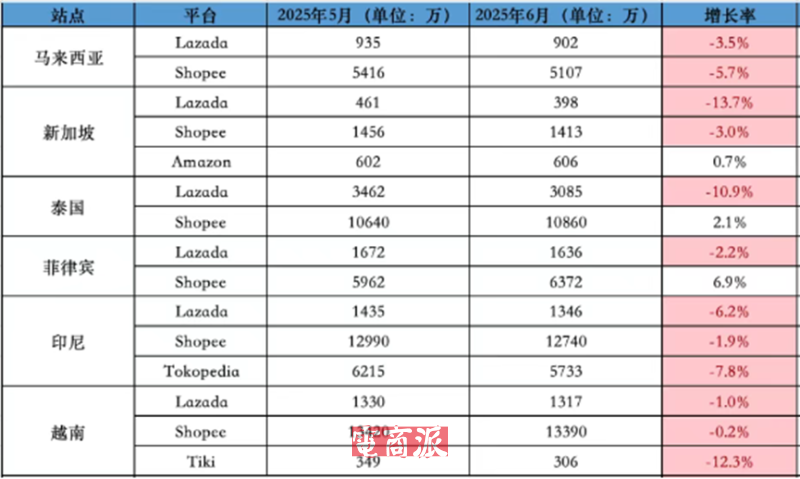python中文编码

Python中文编码主要涉及到字符的编码和解码。在Python 3.x中,默认采用Unicode编码,即每一个字符都有*的编号,而将字符转换为字节流(二进制数据)时,需要通过编码方式(如utf-8、gbk等)将字符编码为字节流,将字节流解码为字符时,也需要指定相应的编码方式。以下是关于Python中文编码的一些常用操作和注意事项。
1. 字符串编码和解码:
字符串可以使用encode()方法编码为字节流,使用decode()方法解码为字符。
```python
# 字符串编码为utf-8
str = "中文"
byte_str = str.encode("utf-8")
print(byte_str) # b'\xe4\xb8\xad\xe6\x96\x87'
# 字节流解码为utf-8
str = byte_str.decode("utf-8")
print(str) # 中文
```
2. 文件读写:
在读写文件时,需要注意指定编码方式,以确保正确地读取和写入中文字符。
```python
# 写入中文字符到文件中
with open("file.txt"
"w"
encoding="utf-8") as file:
file.write("中文")
# 从文件中读取中文字符
with open("file.txt"
"r"
encoding="utf-8") as file:
content = file.read()
print(content) # 中文
```
3. 命令行参数和输出:
在命令行参数和输出中,也需要注意编码方式。
```python
import sys
# 读取命令行参数(参数默认为str类型)
arg = sys.argv[1]
print(arg) # 中文
# 输出中文字符
print("中文") # 中文
```
4. 处理非Unicode编码:
在处理非Unicode编码的文本文件时,需要正确指定编码方式,以避免出现乱码问题。
```python
# 读取GBK编码的文本文件
with open("file.txt"
"r"
encoding="gbk") as file:
content = file.read()
# 写入GBK编码的文本文件
with open("file.txt"
"w"
encoding="gbk") as file:
file.write(content)
```
5. 编码和解码错误处理:
在编码和解码中,可能会遇到无法处理的字符,此时可以使用错误处理方式,如忽略(ignore)、替换(replace)等。
```python
# 编码时忽略无法处理的字符
str.encode("utf-8"
"ignore")
# 解码时忽略无法处理的字节
byte_str.decode("utf-8"
"ignore")
```
以上是关于Python中文编码的一些基本知识和常用操作,希望对你有所帮助。如需了解更多细节,建议参考Python官方文档中有关编码的部分。
 邮件群发-邮件群发软件|邮件批量发送工具|群发邮件平台|批量邮箱发送系统公司
邮件群发-邮件群发软件|邮件批量发送工具|群发邮件平台|批量邮箱发送系统公司








